I am in the military, stationed in Djibouti, Africa. We generate 240V/50Hz power on base, but some buildings also have 120V outlets, which I assume is transformed somewhere else on base, probably at the diesel generating station. I also assume that it is 50Hz as well (see below).
We just received a new coffee pot with a 120V plug and a clock/timer:

After two days of setting the clock, hoping for hot coffee when we arrive at work, and finding that the time on the display was incorrect, I realized that the clock is probably 5/6 slow due to the fact that the power is 120V/50Hz instead of 60Hz. A bit of timing confirmed that the clock is, indeed, ten minutes slow every hour.
I would have thought that the internal clock would be a simple quartz clock running off rectified DC, but that wouldn't (I assume) affect the frequency of the crystal. I'm guessing, then, that the clock is a different A/C circuit.
Is there a reason (cost?) that the clock relies on a 60Hz signal?